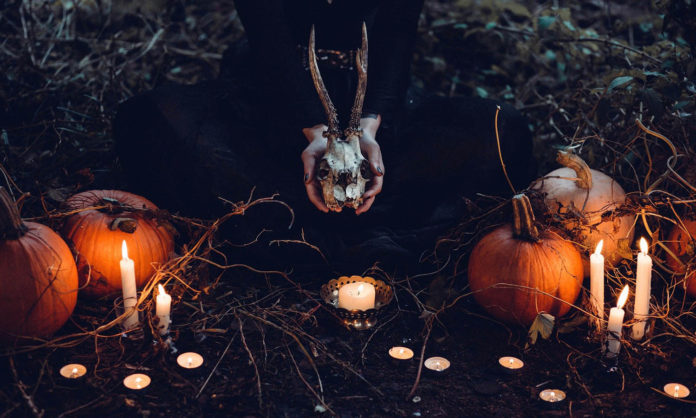A post on Legal History Miscellany examines the history of English witchcraft from a legal standpoint. Despite popular myths, witch hunts are less a medieval tragedy than a modern one, as they roughly correspond to the Shakespearean age, and much of the energy came from the educated elite, not the common person. Fears and accusations arose from secular authorities, physicians, and lawyers as often as from the clergy. And in fact, other women were among the accusers and supposed victims of witchcraft.
In the post, writer Krista Kesselring looks at cases where the accused were acquitted, pardoned, or otherwise spared a dangerous trial. She zeroes in on the case of Joan Guppy, accused of witchcraft and defended by a group of her neighbors. “Discernment, doubt, and decency might be less enthralling topics than death, but to understand the phenomenon of the witch-hunts, they deserve their due,” Kesselring writes.
In fiction, we often see one side of the witch hunts – the hysteria, misogyny, and cruelty – but maybe it’s time we saw more of the historic generosity, unity, and caring from the people involved.












